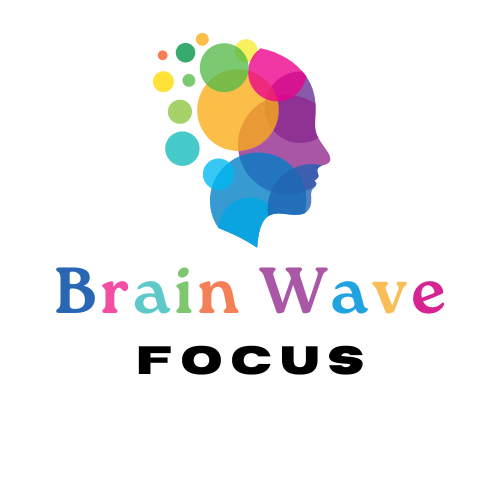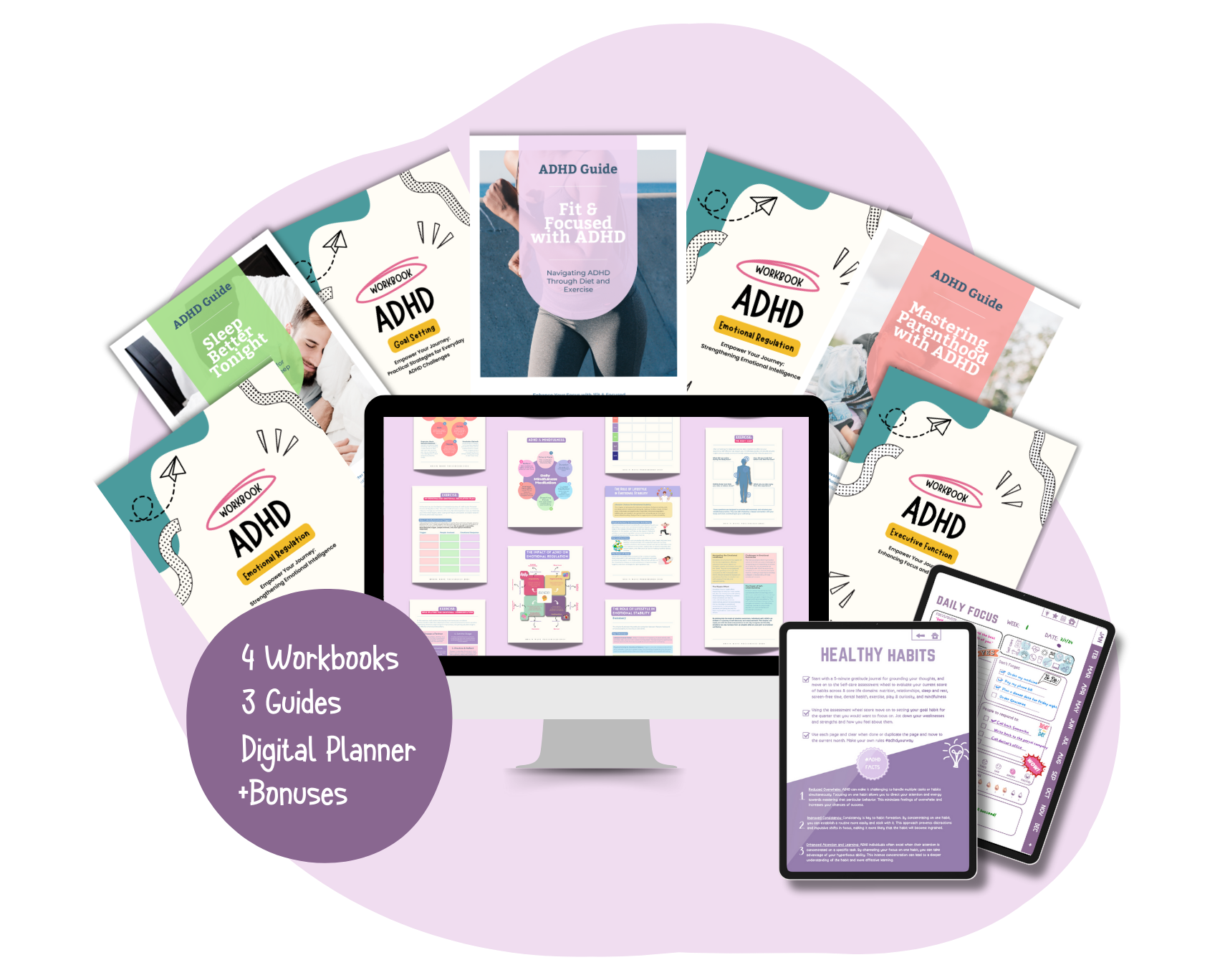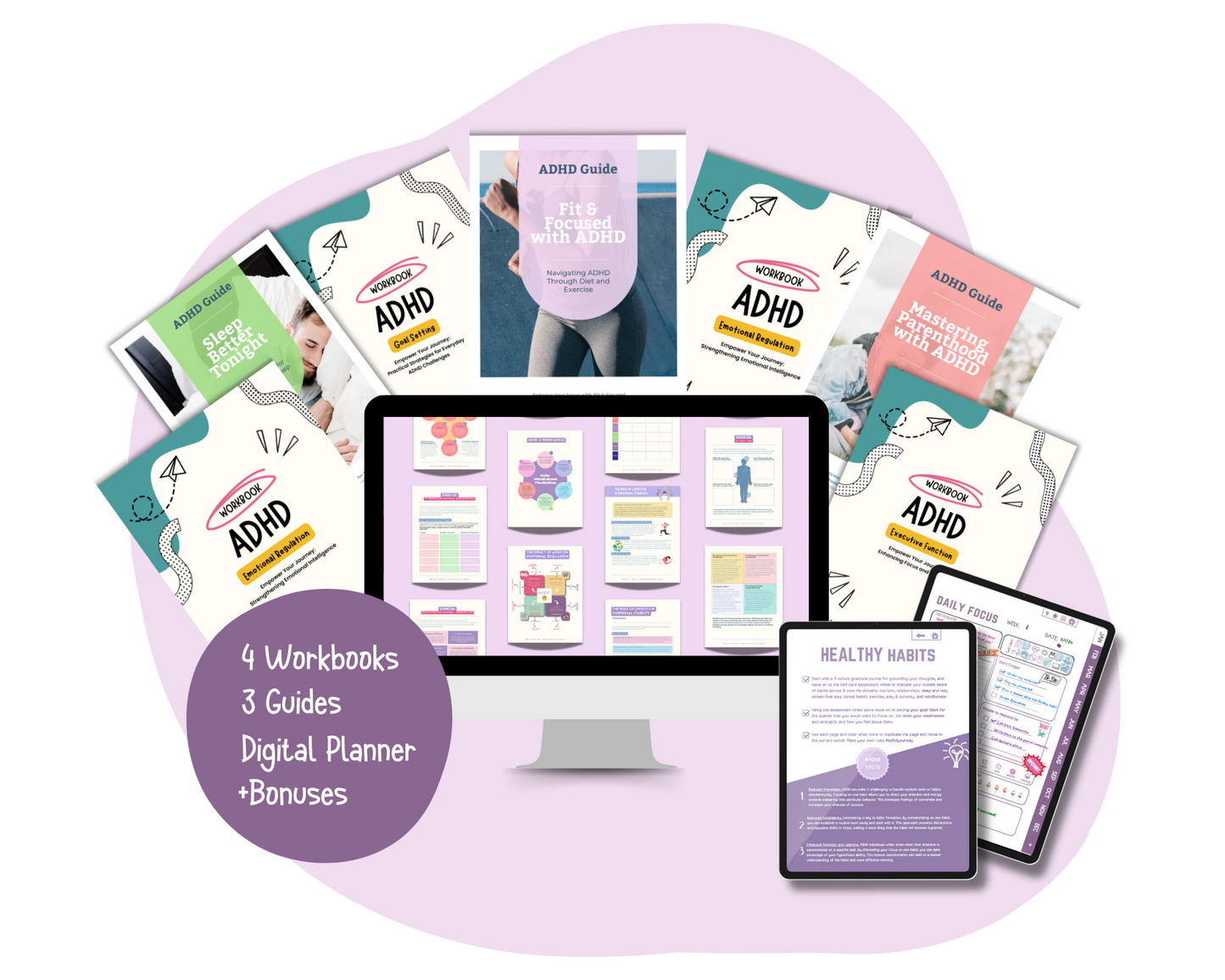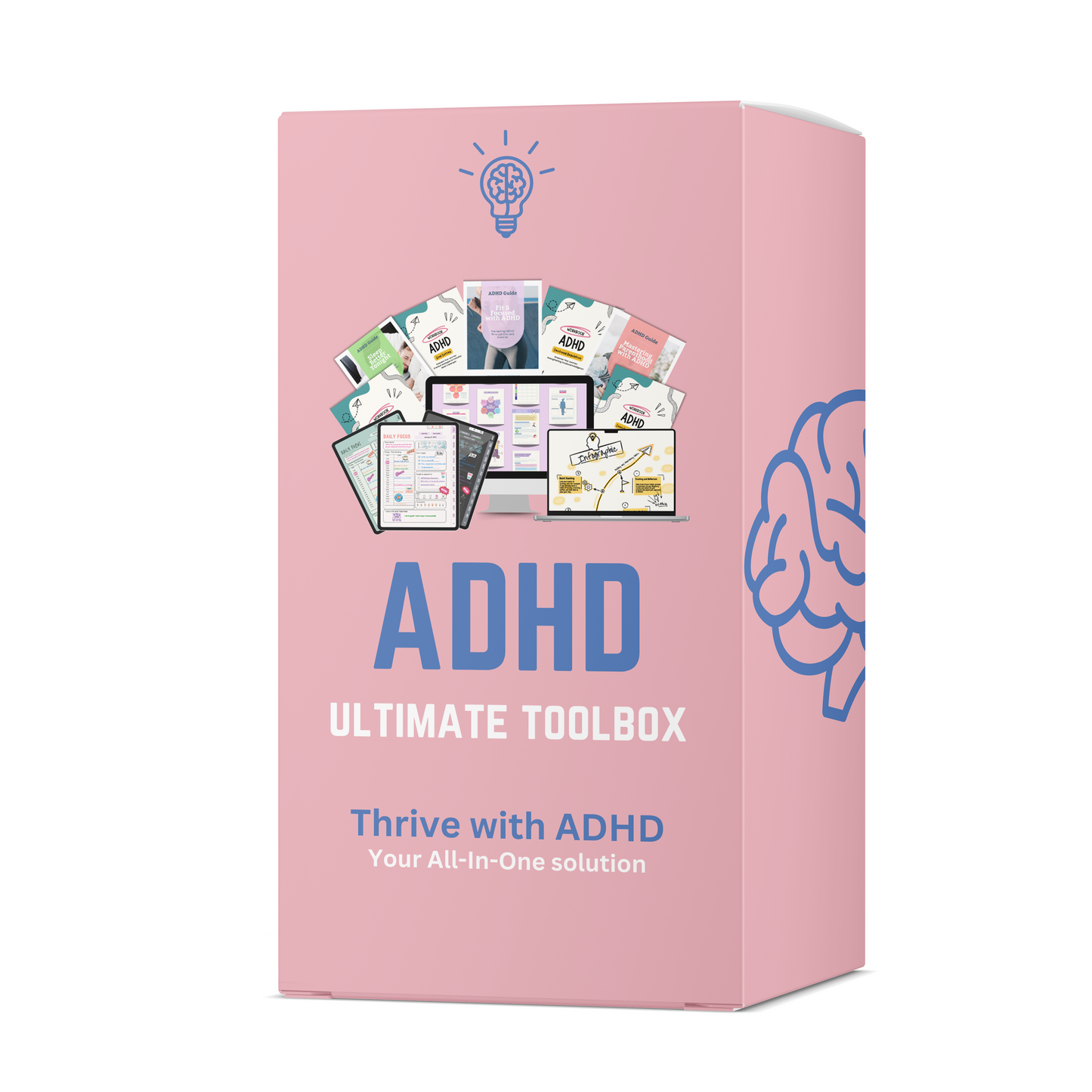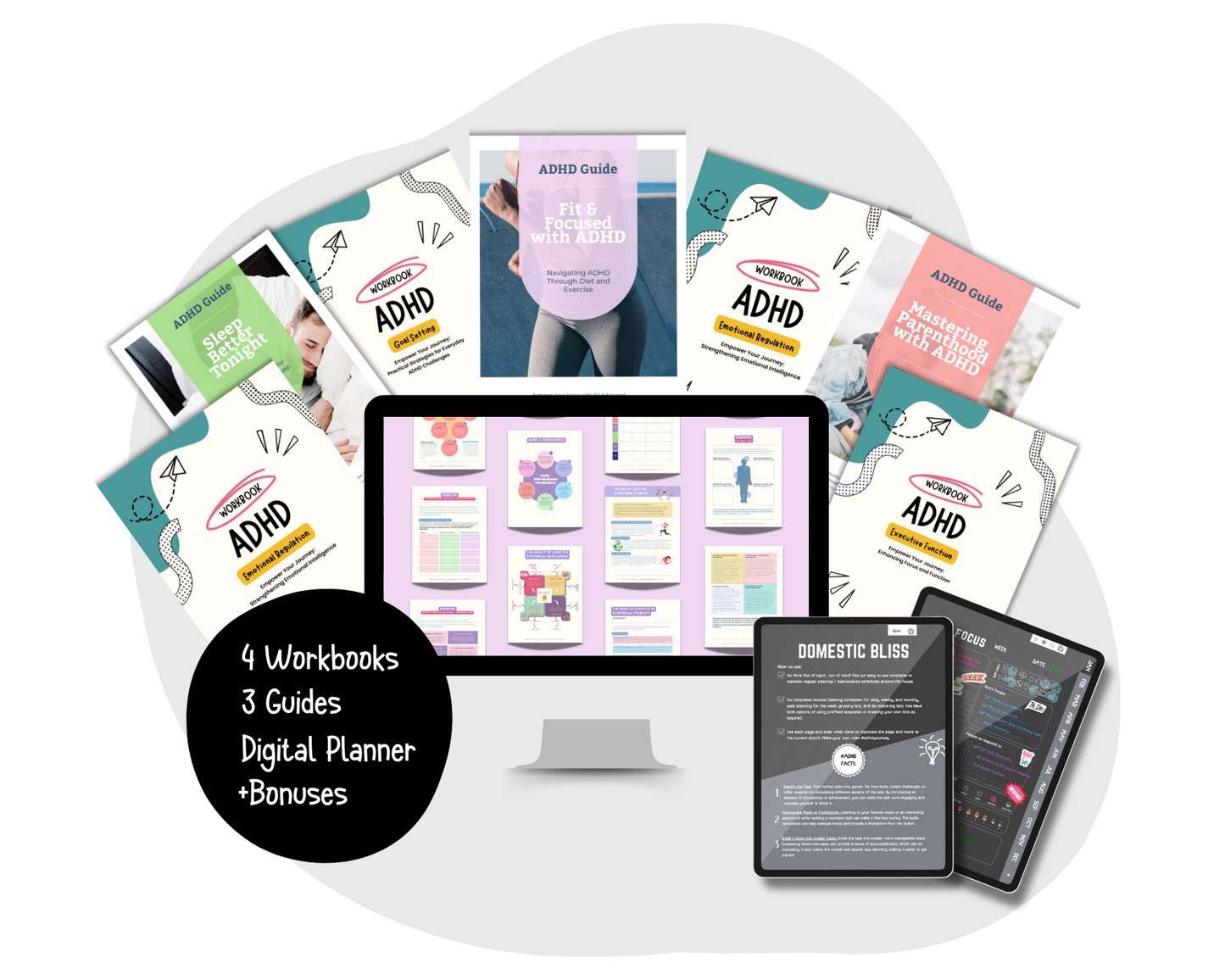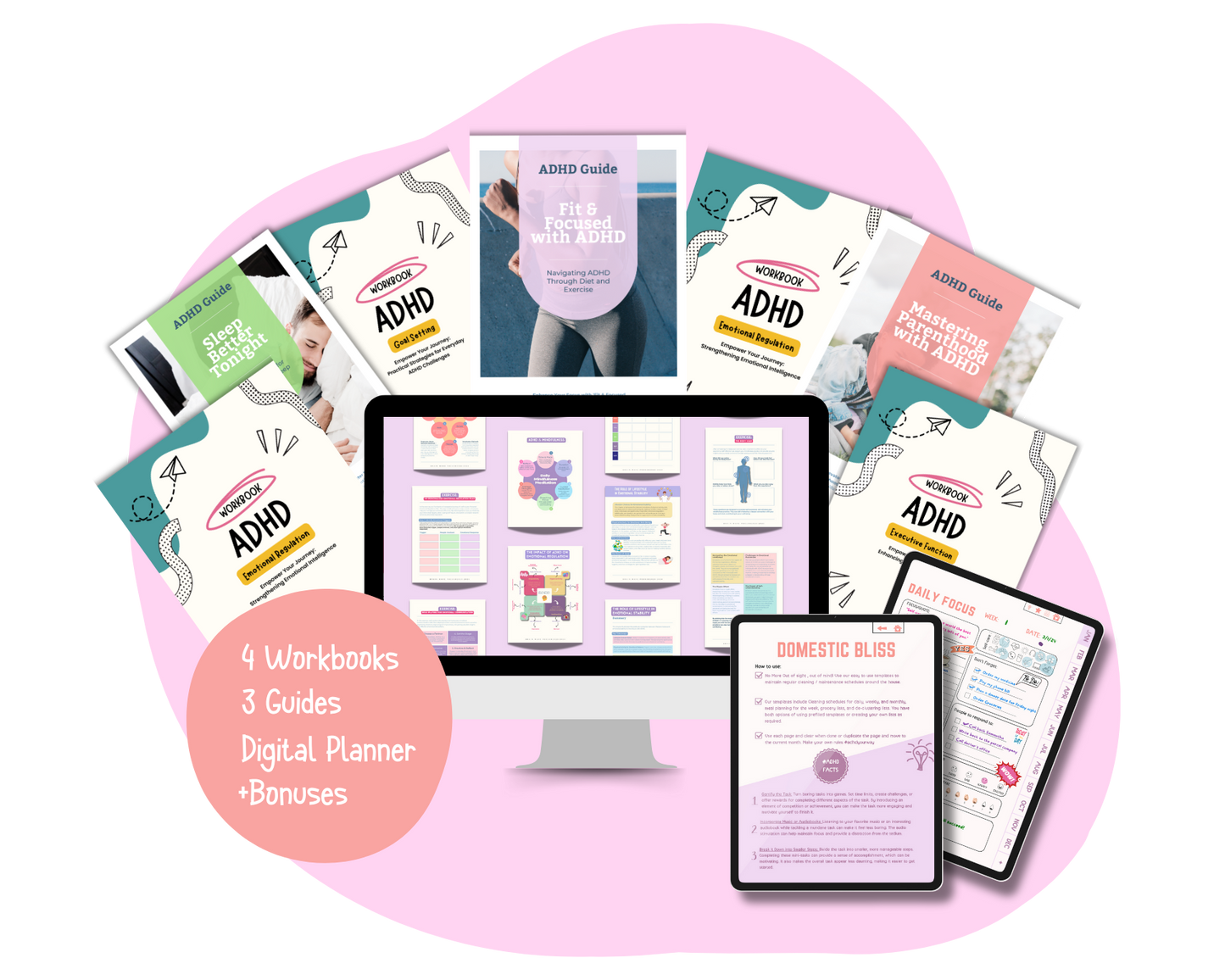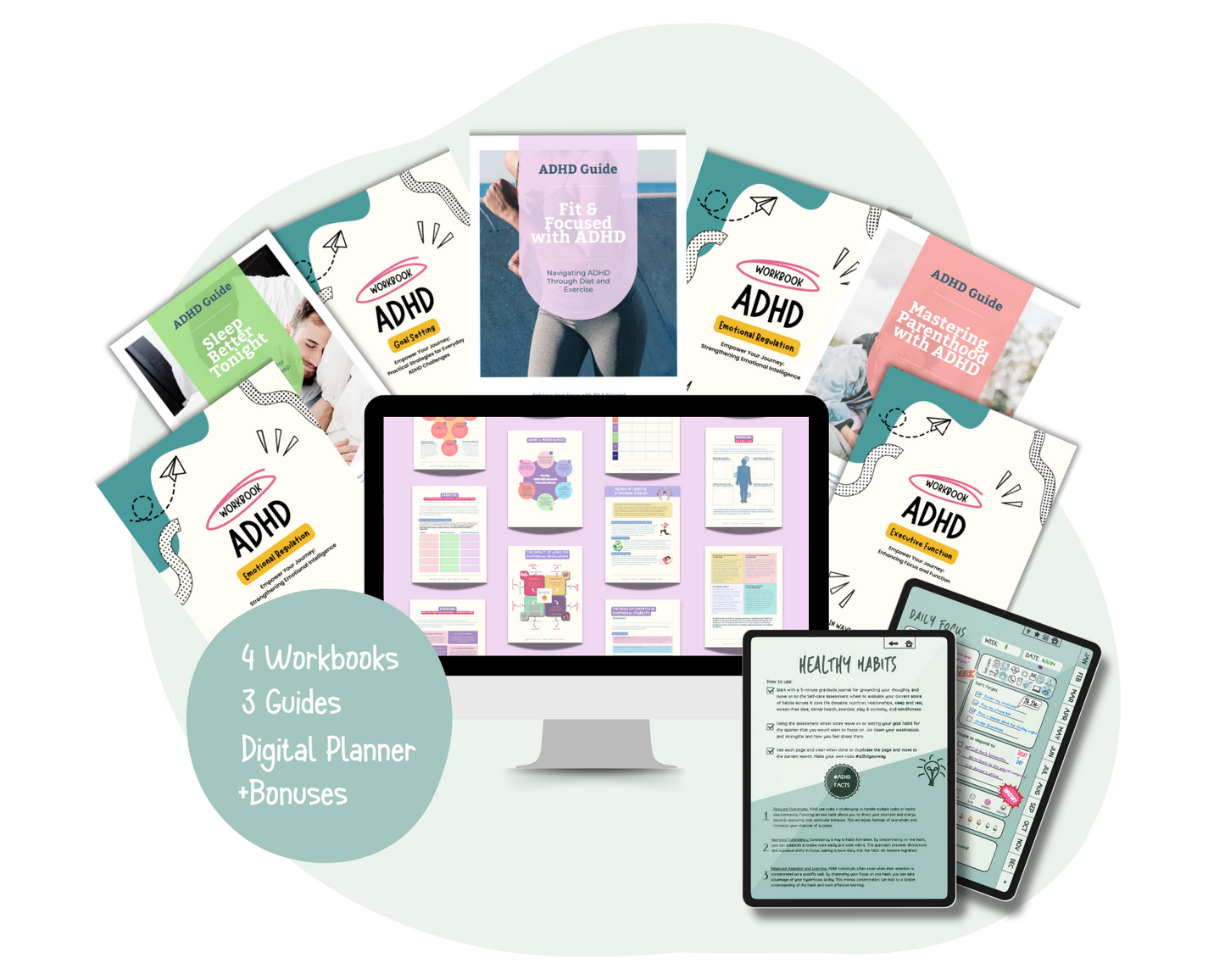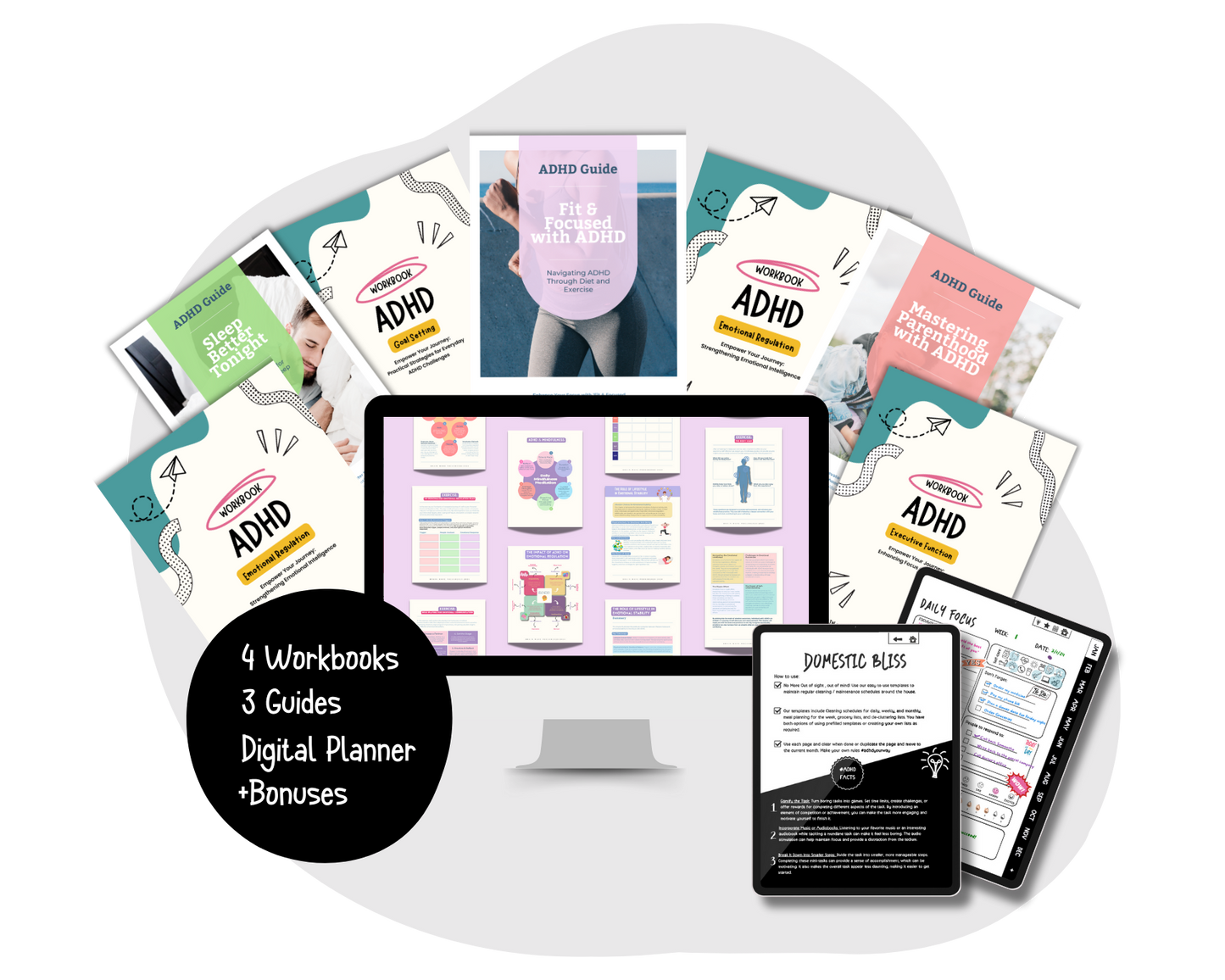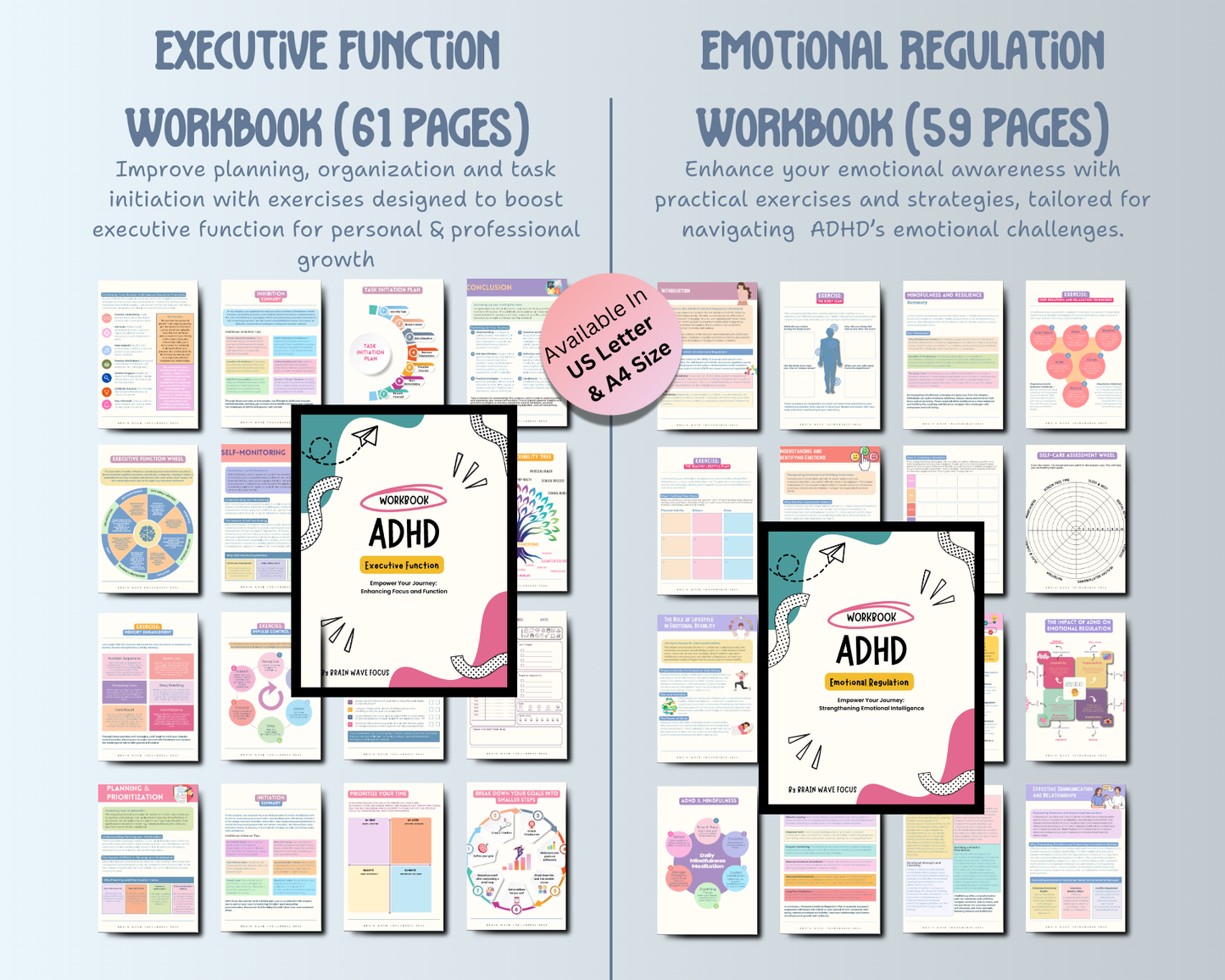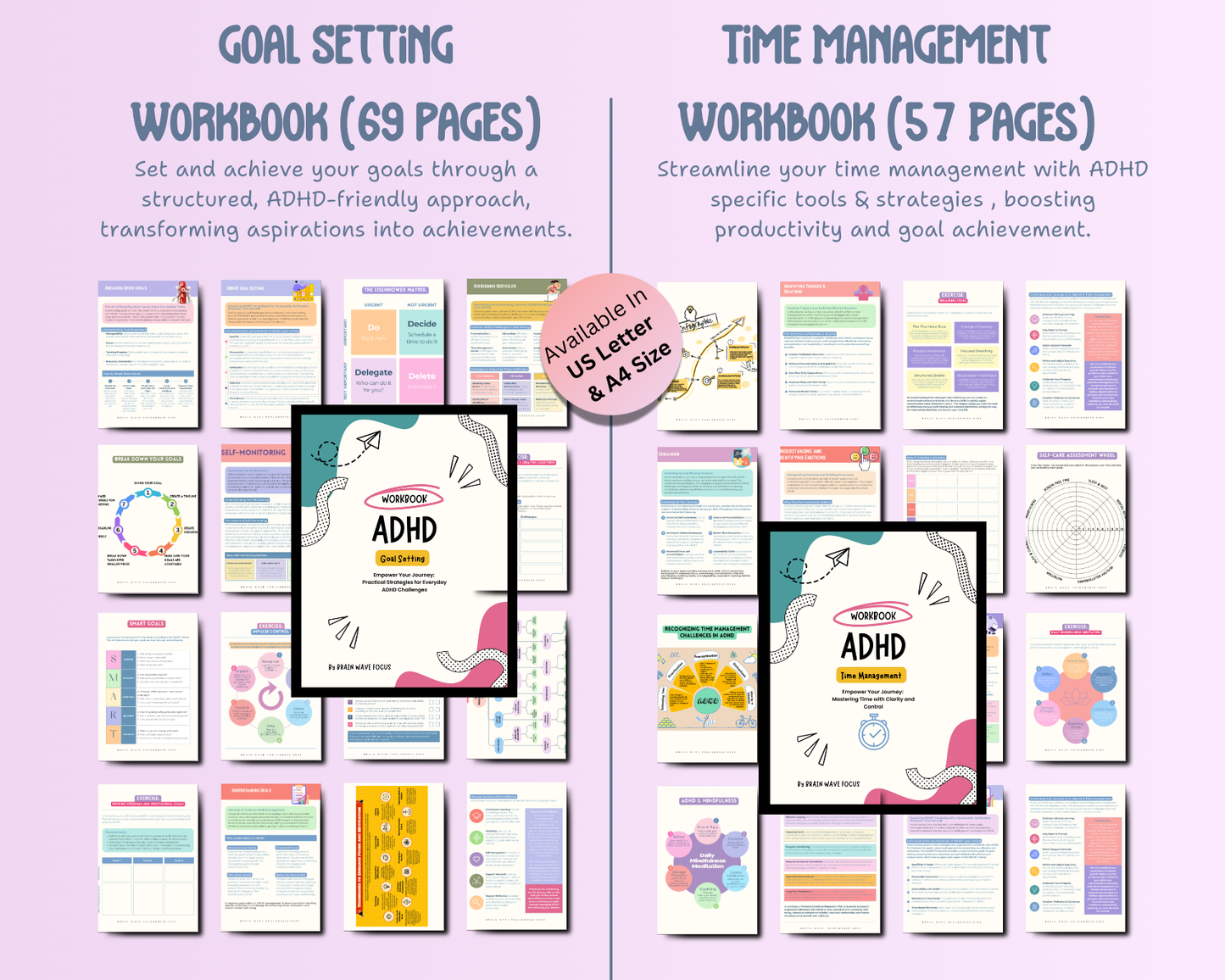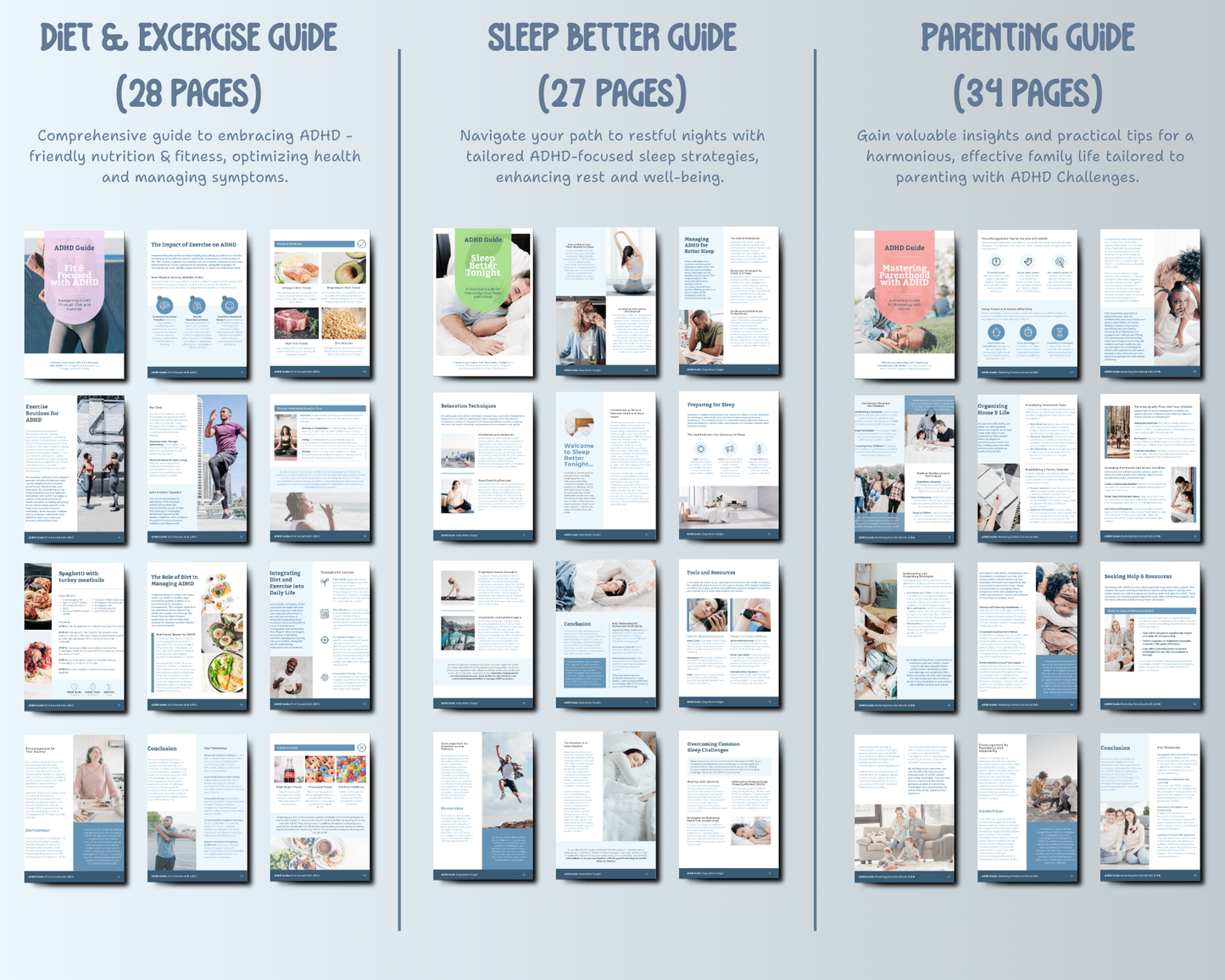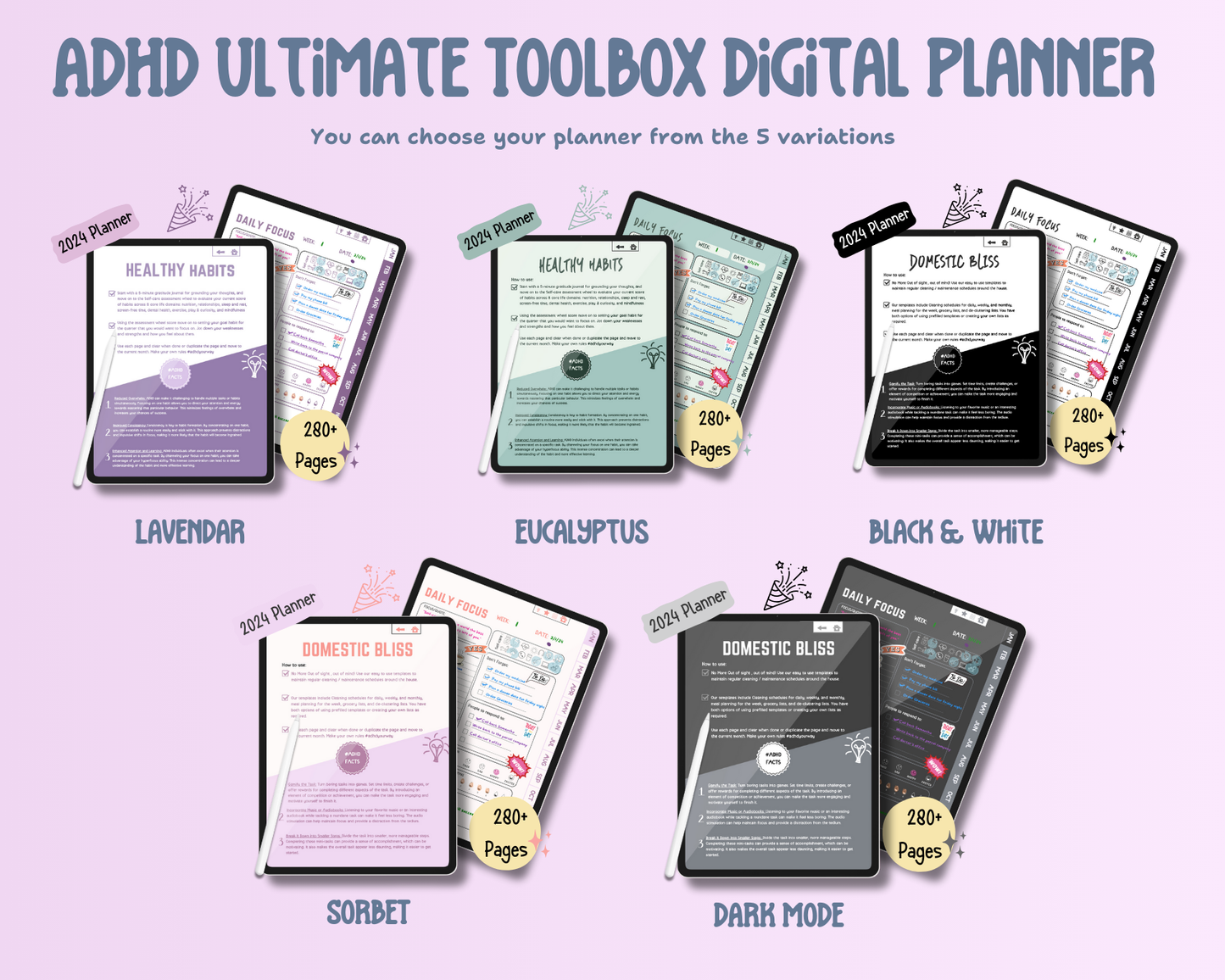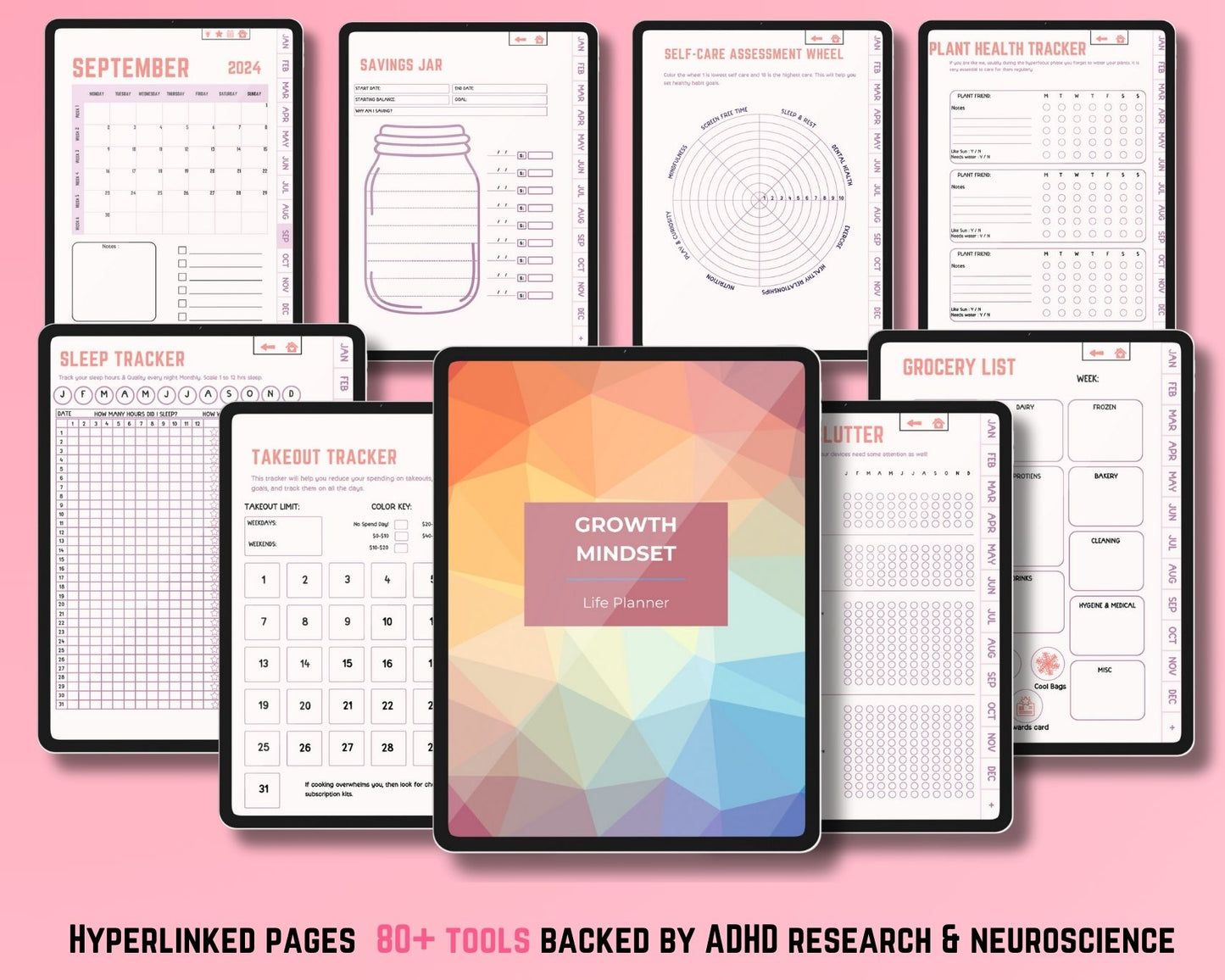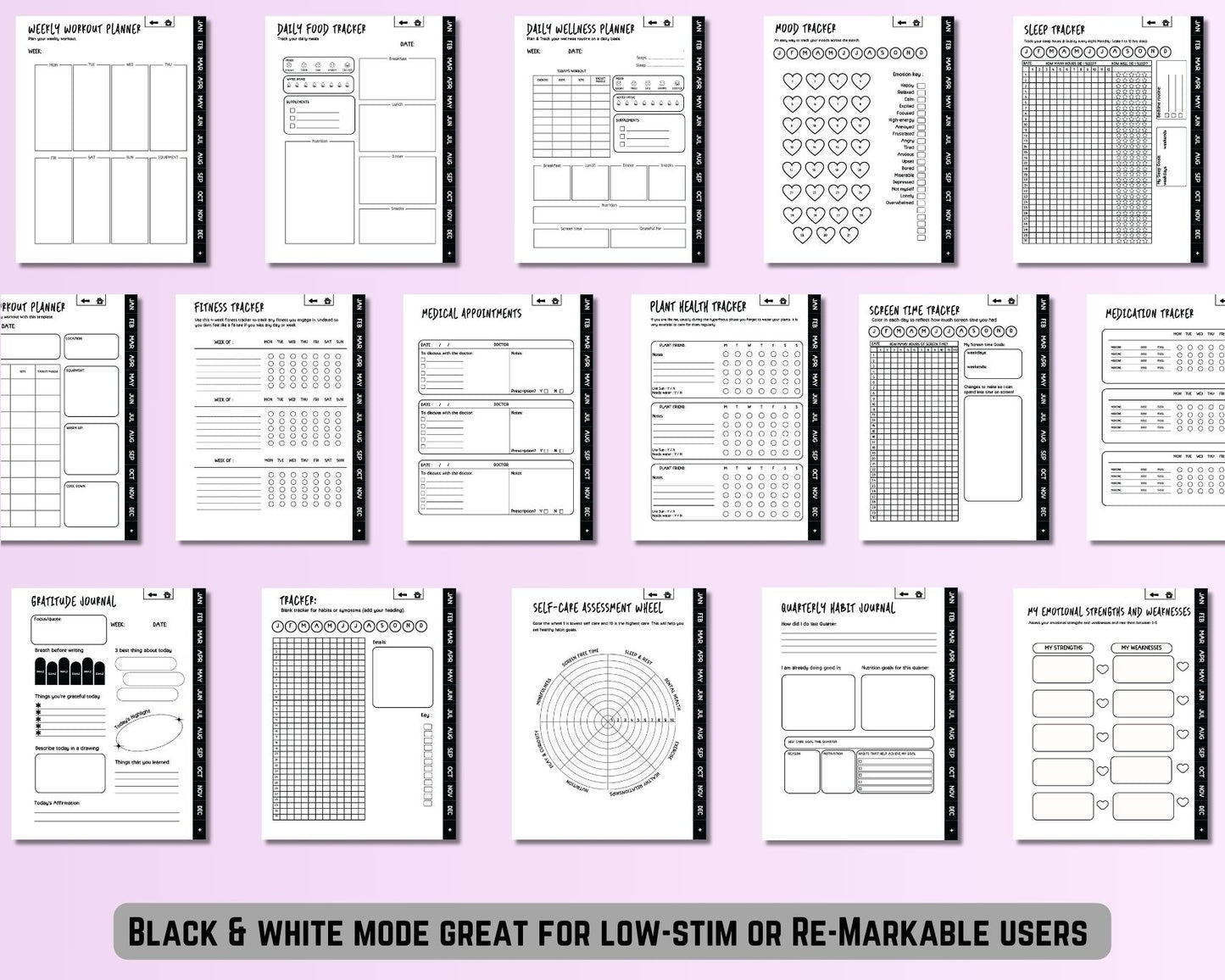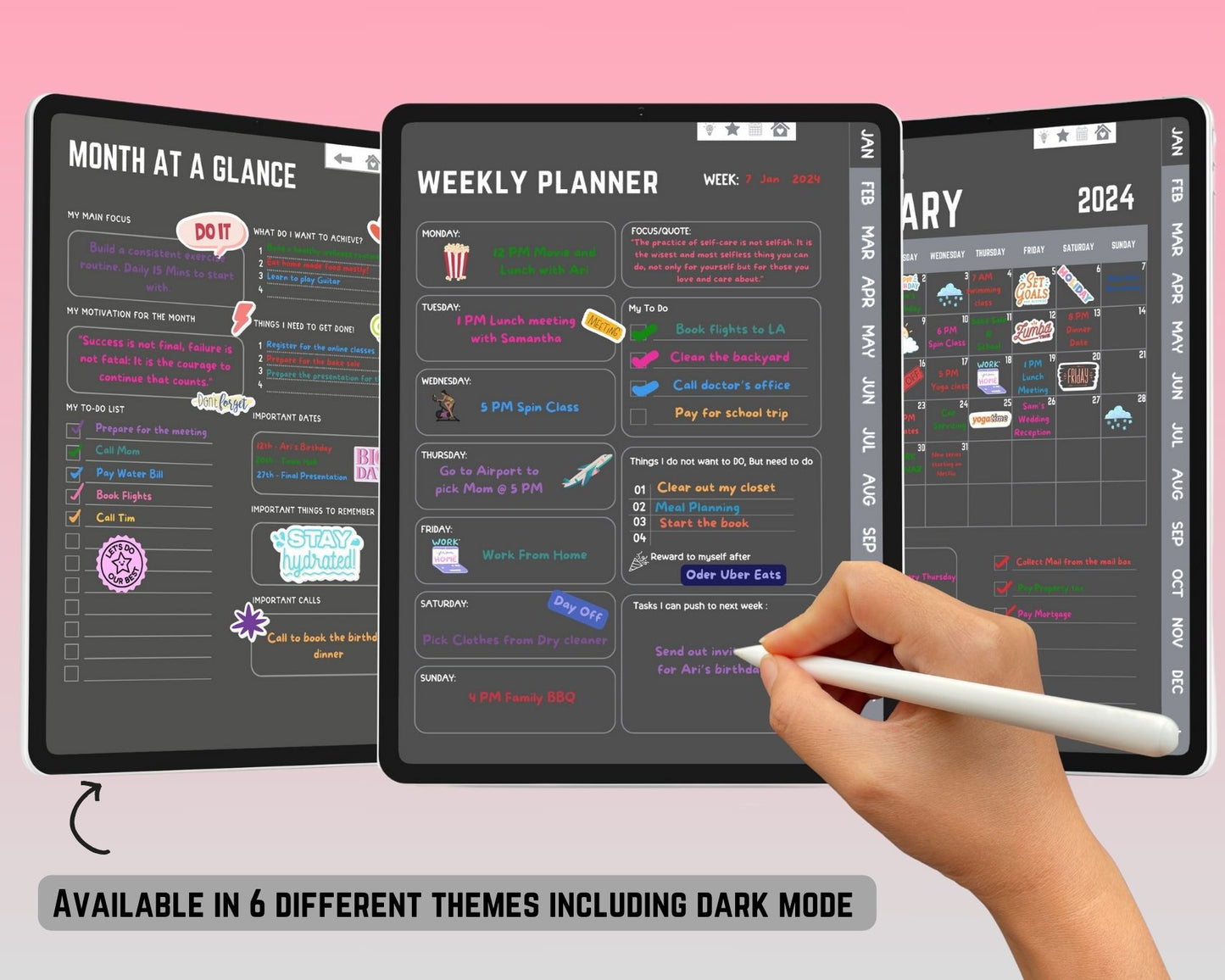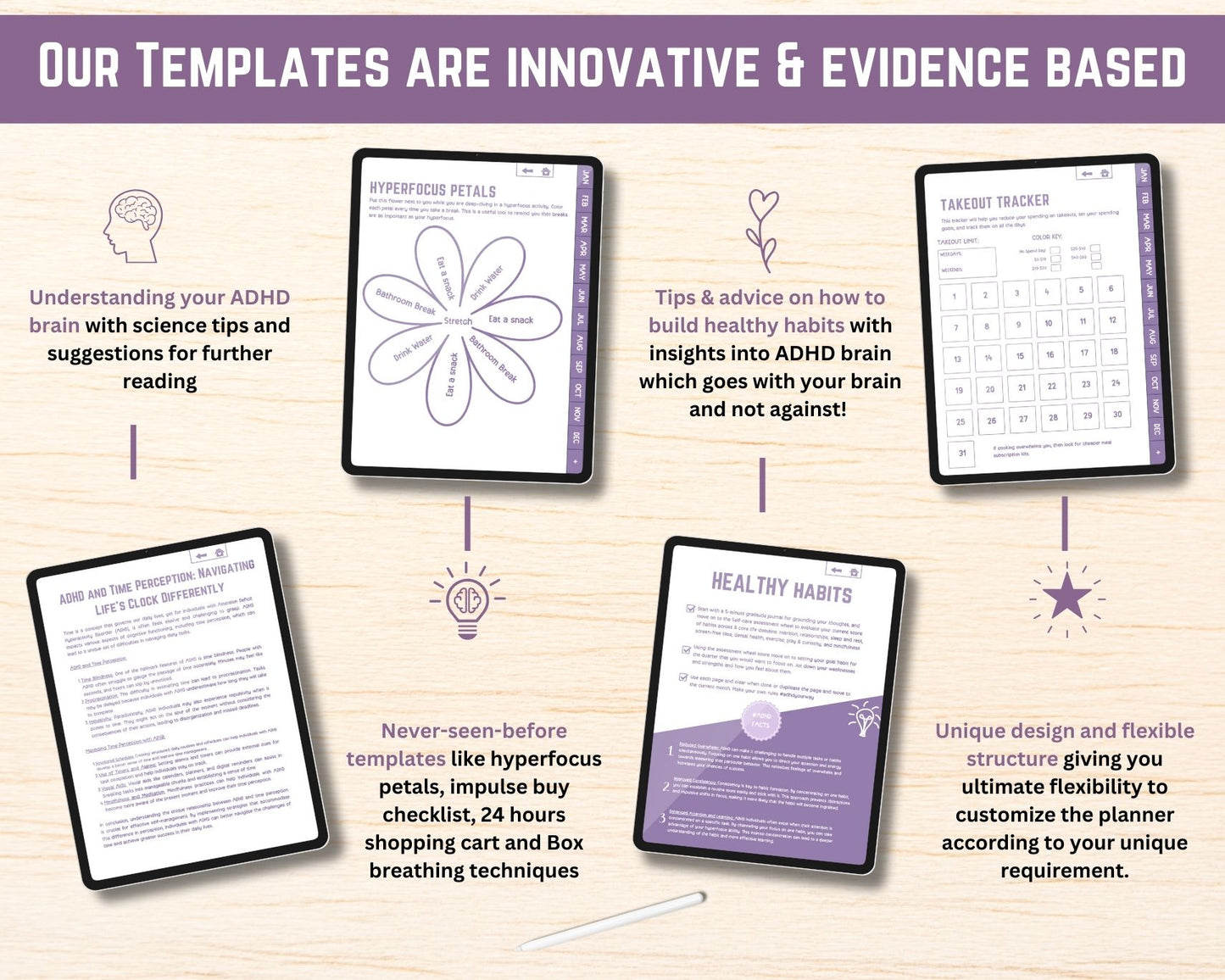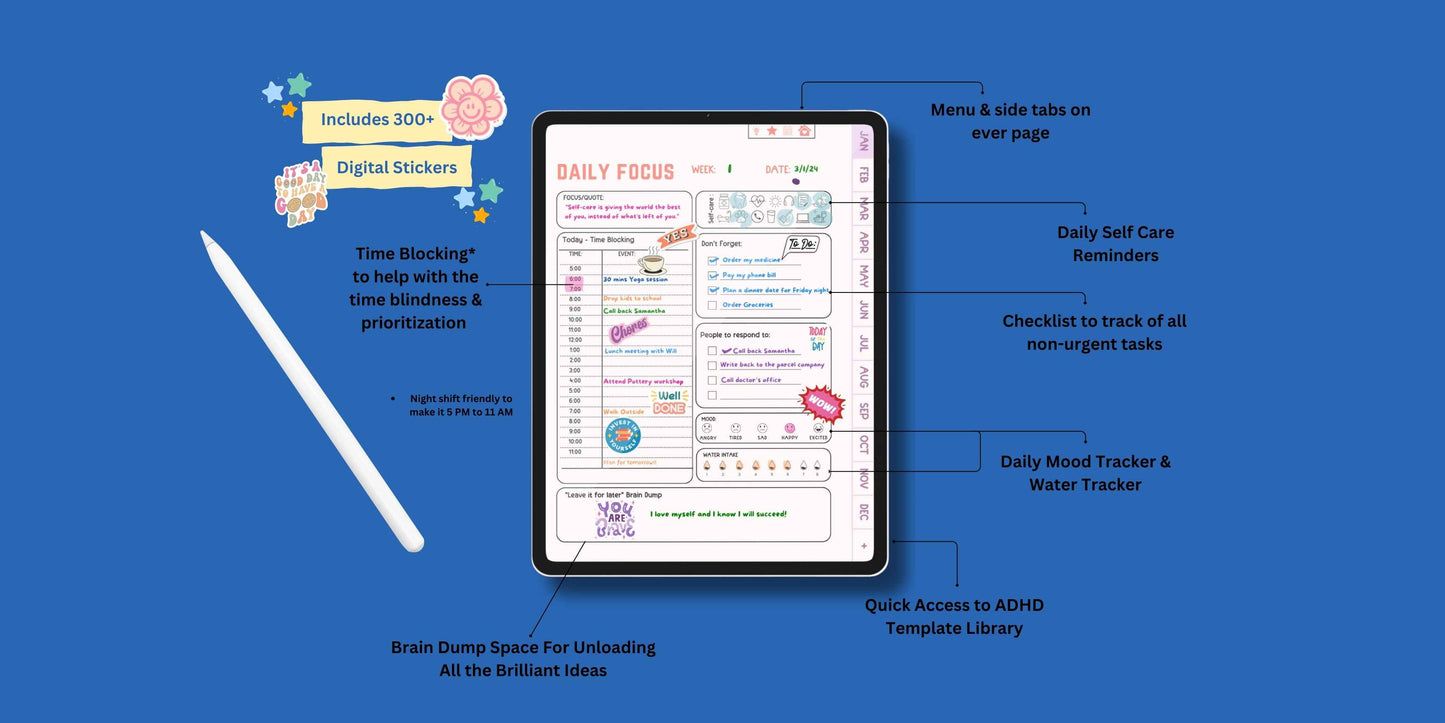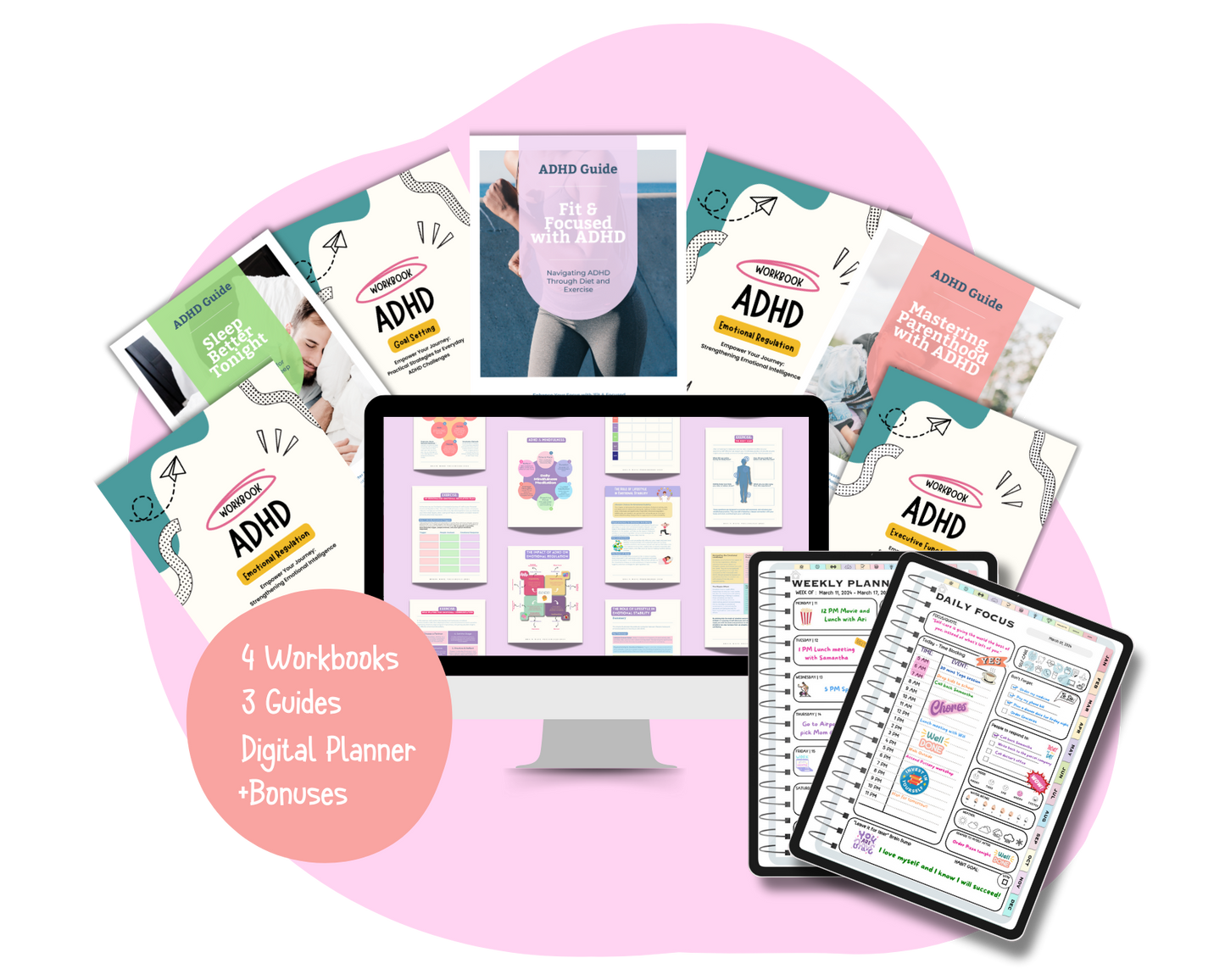Premenstrual Syndrome (PMS) already brings enough challenges on its own—mood swings, bloating, fatigue, and irritability. But for women with ADHD, PMS can feel like it’s been turned up to maximum volume. The combination of hormonal changes and ADHD symptoms often creates a cycle that’s overwhelming, leaving many women feeling like they’re “losing control” for part of every month.
Understanding why PMS feels worse when you have ADHD—and how to manage it—can make a world of difference.
Why PMS Hits Harder with ADHD
Hormones play a big role in regulating mood, focus, and energy. Estrogen, in particular, helps boost dopamine levels, which are already lower in people with ADHD. During the luteal phase of the menstrual cycle (the two weeks leading up to a period), estrogen drops and progesterone rises. This shift can intensify classic PMS symptoms like brain fog, irritability, and mood swings.
For women with ADHD, this dip also means:
- More distractibility – staying on task feels impossible.
- Worsening mood swings – irritability, anxiety, or low mood become more extreme.
- Lower frustration tolerance – small things trigger big emotional responses.
- Heightened fatigue – ADHD already drains energy, and PMS doubles the effect.
Many women describe it as their ADHD symptoms being “on steroids” before their period. Some even find that their usual coping strategies—like medication, routines, or planning systems—don’t work as well during this time.
How to Manage PMS with ADHD
While you can’t eliminate hormonal fluctuations, there are practical ways to reduce their impact on ADHD symptoms.
1. Track Your Cycle
Awareness is the first step. Use a period-tracking app or journal to note when PMS tends to flare. Over time, you’ll notice patterns—like when brain fog is at its worst or when irritability peaks. Knowing it’s coming helps you prepare instead of feeling blindsided.
2. Adjust Expectations
During PMS, your productivity may dip. Instead of pushing yourself to operate at 100%, schedule lighter tasks when possible. Move demanding projects to the first half of your cycle, when energy and focus tend to be higher.
3. Prioritize Sleep
Sleep loss amplifies both ADHD and PMS symptoms. Create a wind-down routine, limit caffeine after noon, and use calming aids like white noise, lavender oil, or magnesium glycinate supplements (if recommended by a doctor).
4. Move Your Body
Exercise helps regulate mood and energy, but it doesn’t have to be intense. A brisk walk, gentle yoga, or even stretching can reduce cramps, improve circulation, and ease irritability.
5. Nutrition Matters
High-sugar, processed foods may worsen mood swings and energy crashes. Try balancing meals with protein, complex carbs, and healthy fats. Omega-3s, leafy greens, and iron-rich foods can also help regulate energy levels.
6. Emotional Regulation Tools
During PMS, ADHD-related emotional dysregulation can feel unmanageable. Techniques like deep breathing, journaling, or grounding exercises (naming 5 things you see, 4 you feel, etc.) can help calm intense emotions.
7. Talk to Your Doctor
If PMS is severely impacting your ADHD and daily life, consider discussing treatment options with a healthcare provider. Adjustments to ADHD medication timing, supplements, or even exploring PMDD (Premenstrual Dysphoric Disorder) could be helpful.
The Bottom Line
For women with ADHD, PMS isn’t “just a few days of moodiness”—it’s a real amplification of symptoms that can disrupt life. But with awareness, planning, and self-care strategies, you can regain a sense of balance. Remember, your cycle doesn’t define your capabilities. By working with your body instead of against it, you can move through PMS with more ease and control.
